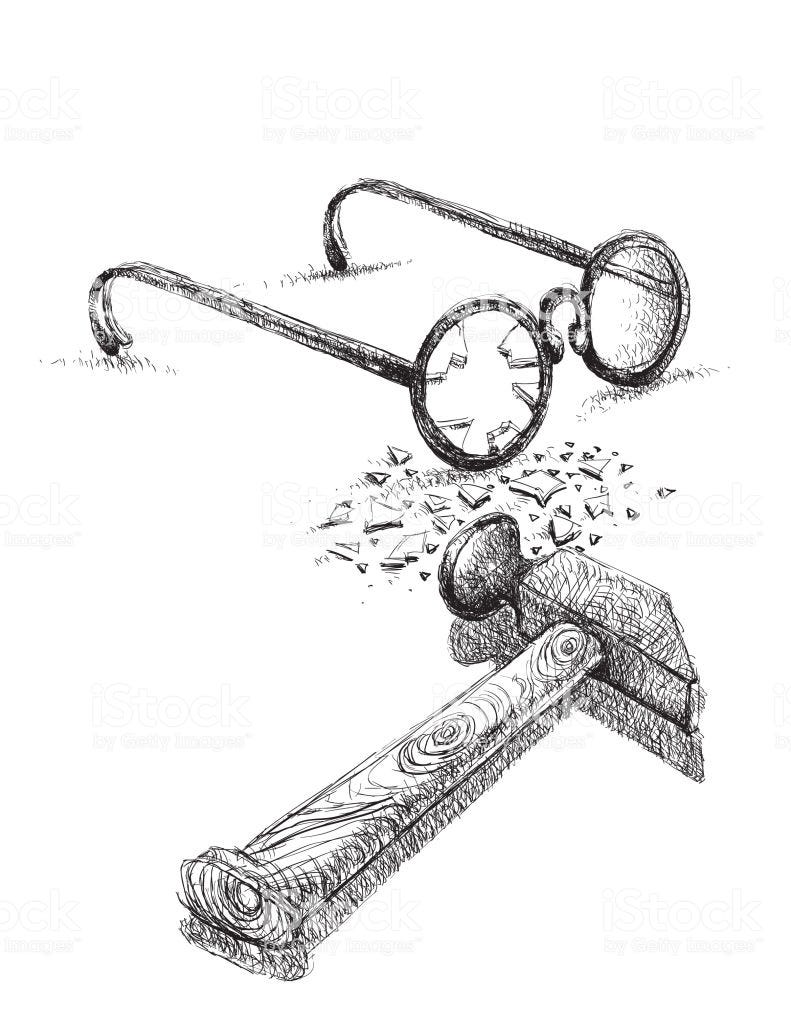“The plan is good, but I’ll play devil’s advocate!”
Some of the individuals frequently believe that conflict should be avoided in the organization. Conflicts are often considered the breakage of unity in an organization. They think that meetings and decisions should reflect the agreement. But in real conflicts and dissent are really what organizations need to succeed.
There is an old story at General Motors about Alfred Sloan. At some confidential meetings with key executives, Solan proposed a strategic decision that was somewhat controversial too. When asked about the changes and the advice from executives, All agreed with his decision. Every executive responded with positive comments and praiseful words.
Solan stated that he will not proceed with this decision because either doesn’t know to point out the potential downside of this decision or they don’t want to create chaos or they have fear for their leader. He decided to delay the decision until a debate could occur over pros and cons.
Conflict, while often kept away, is not necessarily bad. In fact, conflict can be good for organizations because it encourages open-mindedness and helps avoid the tendency toward equal group participation that many organizations fall prey to.
The key is learning how to manage conflict effectively so that it can serve as a catalyst, rather than a hindrance, to organizational improvement.
A think tank of a company should consider every bad and good part of a decision because it will lead to a more efficient decision.
Often said conflicts should be avoided at work for a healthy and competitive environment. But some contemporary managers like Lawrence G. Rawl who was CEO of Exxon company follows a principal of ‘Healthy Disrespect’ according to a business week.
Devil’s Advocate Theory:
The devil’s advocacy decision-making technique is where an individual in the group is allowed to become the critic in the proposed decision.

The usefulness of the Devil’s Advocate Theory was illustrated several years ago by psychologist Irvin Janis that an individual or subgroup could be formally designated as Devil’s advocate and present as a critic to point out the pitfalls of a decision and avoids the agreement interfering with problem-solving.
History and origin:
Devil’s advocate, Latin Advocatus Diaboli, in the Roman Catholic church, the promoter of the faith, who critically examines the life of and miracles attributed to an individual proposed for canonization.
He is popularly called the devil’s advocate because his presentation of facts includes everything unfavourable to the candidate.
According to Forbes, research into thousands of innovation efforts finds that having a devil’s advocate that is responsible for raising tough questions in a constructive way is critical for success. It was found that there were 3 key concepts for effective Devil’s Advocate Theory.
1)You need to focus on an explicit procedure toward the start.
Those who want the idea to proceed will resist a devil’s advocate, for fear it will slow or kill the project. Those who oppose the idea will insist on a devil’s advocate. Both sides will try to put the playing field in their favour.
So a set of rules can be the only method to solve this.
2)The goal of devil’s advocacy must be framed correctly. It can’t be about killing projects or even identifying flaws. Otherwise, it will create unnecessary tensions.
3)The devil’s advocate needs to function constructively throughout the innovation process rather than be an inquisition at the end.
The Devil’s Advocate Decision program(DADP) can take several forms but it should be clear that it should not be taken personal but should be part of an organization decision problem. The role to be critic should be rotated between the employees should that they can improve their researching and problem and solution presentation skills.
A suggestion by the behavioural scientist Cosier and Dalton suggests that computer based decision will be more helpful than by managers.
The Dialectic method(DM) programs conflict into the decision, regardless of managers personal feeling, by structuring a debate between conflicting views.
Supporters of DADP suggest that here critic focuses more on decision maker on issues while DM focuses more on the process of structural debate.
Conclusion:
DADP and DM both are in same. But managers should formally encourage dissent when making important choices because encouraging ‘Yes Sayers’ will lead to complacency and poor decision and lack of creativity in the organization.
Do tell us what you think!
Come on! Tell us what you think of Kavya’s article on “Devil’s Advocate Theory: Does It Help Organisations?” in the comment section.
Also, do check useful Startup Resources and Tools below(👇) and do join our newsletter for free for more interesting Business case studies, Startup knowledge, and Startup founders podcast delivered to your inbox every Sunday morning.
Related Articles:
- What happens to the founder of a startup after they fail?
- How to Write Startup Elevator Pitch with Examples
- Difference between Small business and Startups
- Difference between Startup Accelerator and Incubators
- Top Indian Startup Accelerators and Incubators for your Startup
- Indian startups that made it to Google Launchpad Accelerator
- What is Entrepreneur First?
- What are Unicorn Startups? | Unicorn Analysis of India
Enjoyed reading the content above, actually explains everything in detail, the guide is very interesting
and effective.
King regards,
Abildgaard Raahauge
I’m really pleased to say it was an interesting post to read.
Best regards,
Dinesen Cannon